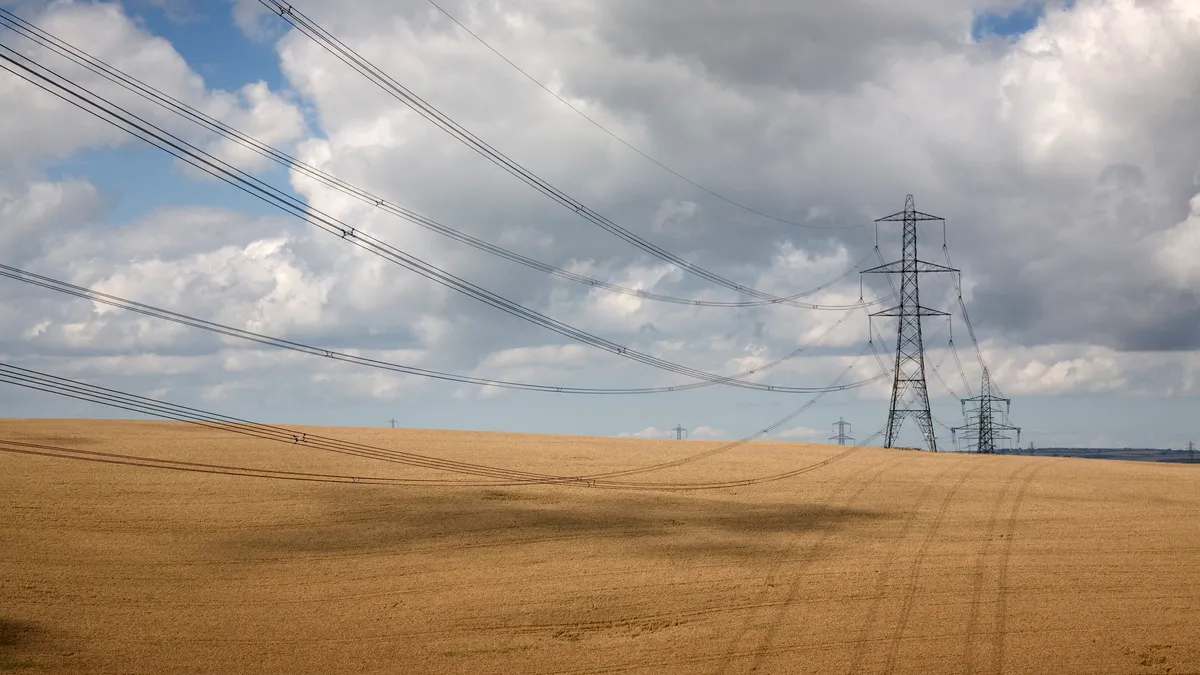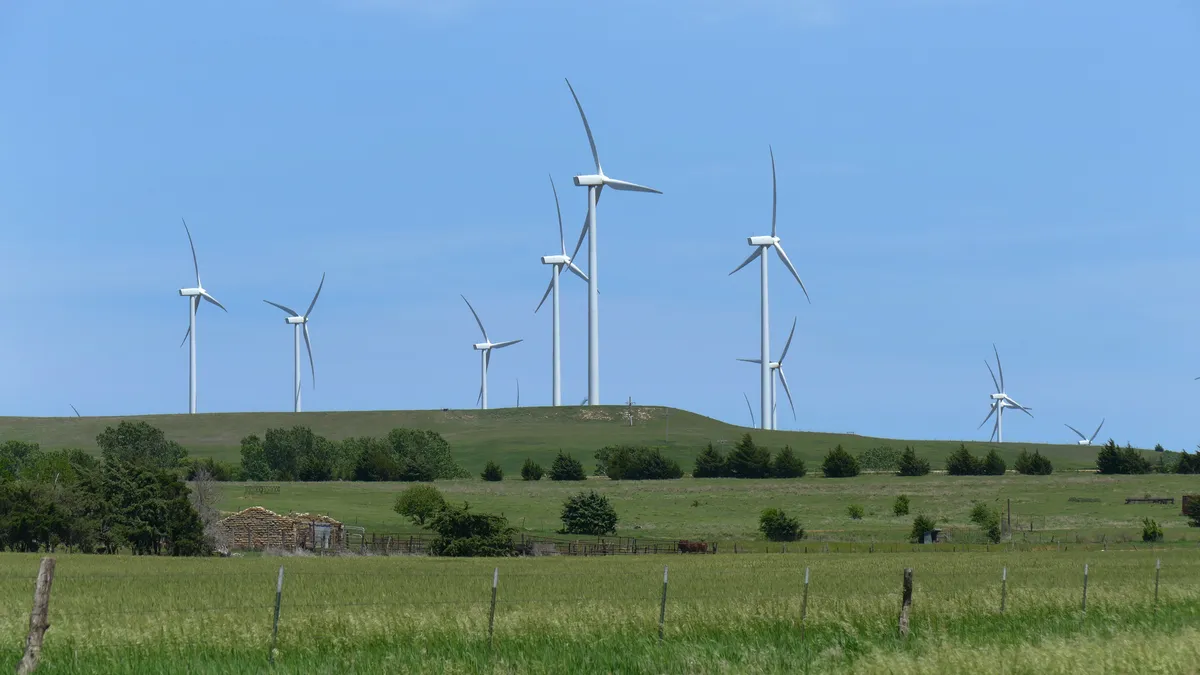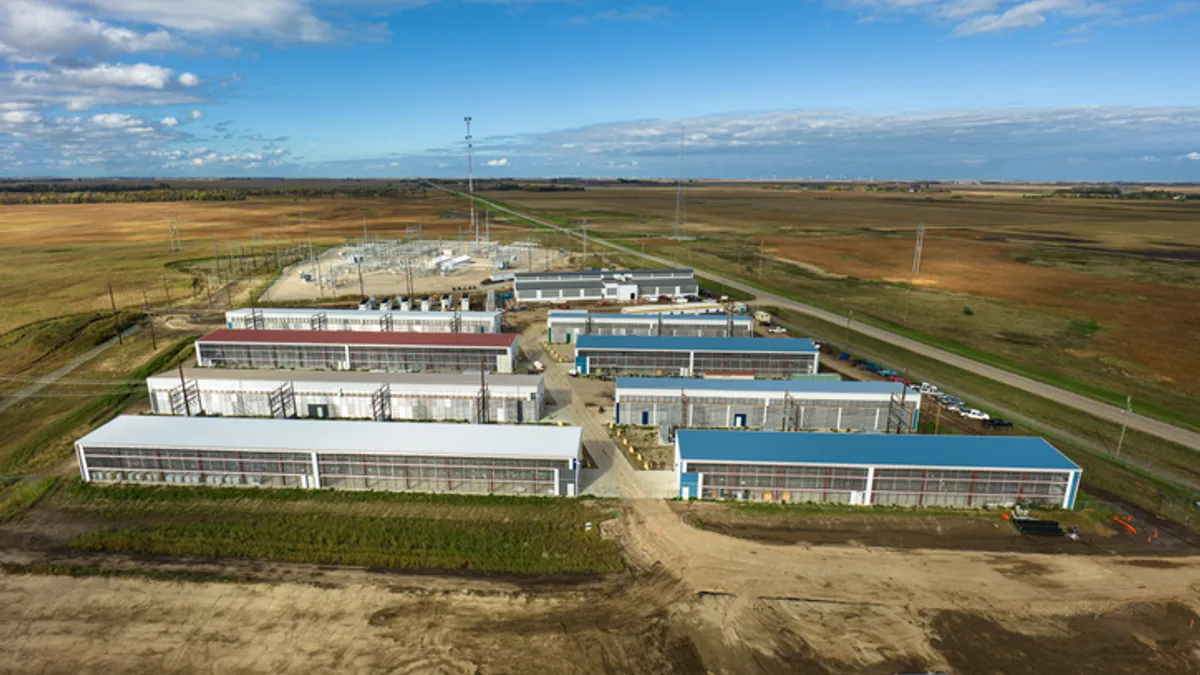Utilities and their customers are learning how their cooperation can provide mutual benefits by using the flexibility of distributed energy resources (DER) to cost-effectively balance the dynamics of the new power system.
The future is in utilities investing in technologies to manage the growth of customer-owned DER and customers offering their DER as grid services, advocates for utilities and DER told a Jan. 25-28 conference on load flexibility strategies. And there is an emerging pattern of cooperation between utilities and customers based on the shared value they can obtain from reduced peak demand and system infrastructure costs, speakers said.
"The utility of the future will use flexible DER to manage system peak, bid into wholesale markets, and defer distribution system upgrades," said Seth Frader-Thompson, president of leading DER management services provider EnergyHub. "The challenge is in providing the right incentives to utilities for using DER flexibility and adequate compensation to customers for building it."
Customers need to know the investments will pay off, according to flexibility advocates. And utilities must overcome longstanding distrust of DER reliability to take on the investments needed to grow and manage things like distributed solar and storage and electric vehicle (EV) charging, they added.
"It will require a total mind shift by utilities away from old school demand response," said Enbala Vice President of Industry Solutions Eric Young. "Many utility executives have never envisioned a system where thousands of assets can be controlled fast enought to ensure they get the needed response."
Customer demand for DER and utilities' need for flexibility to manage their increasingly variable load and supply are rapidly driving utilities toward cooperation, conference representatives for both agreed. And though technology, policy and market entry barriers remain, an understanding of how new technologies make flexible resources reliable and cost-effective is emerging.
All about flexibility
Natural gas peaker plants have long provided supply-side flexibility for power systems, but increasingly cost-competitive DER can provide demand- and supply-side flexibility, conference speakers said. Data on natural gas plant performance in California's August 2020 blackouts was no better than "solar-plus-storage, demand response, and other DER," stakeholders told California regulators Jan. 28.
There are now about 15 million smart thermostats, 2 million distributed solar installations, and 1.5 million EVs — and growth is forecast to continue, EnergyHub reported last October. "EEI forecasts that 18.7 million EVs will be on the road by 2030," according to Frader-Thompson.
The final total on 2020 investment in DER-based power system flexibility is expected to reach $386.6 million in North America and to be over $2.3 billion by 2029, according to a Q3 2020 Guidehouse/Energy Hub Insights white paper. The Guidehouse insights were widely affirmed by conference speakers.
DER investment is now and will "remain highest in the residential sectors" but will grow in the commercial-industrial sector, Guidehouse said. That investment, led by distributed solar and storage, EV infrastructure, and home energy management system expenditures, will add 387 GW of DER capacity by 2025, according to Wood Mackenzie's June 2020 report.
In the near term, the COVID pandemic and its recession will impact DER, with annual DER capacity additions falling by 61% in 2020, Wood Mackenzie projected last June. But Order 2222 from the Federal Energy Regulatory Commission (FERC), which requires system operators to develop tariffs and rules for aggregated DER in wholesale markets, will likely be a key DER growth driver by the mid-2020s.
Investments will be driven by utility "bring your own device" programs and by aggregating customer assets as non-wires alternatives, Guidehouse said. Using them to reduce peak demand and defer distribution system upgrades will require utilities to engage customers and improve control room visibility and management of customer-owned assets.
Improved distribution system load visibility and system management technologies like distributed energy resource management systems (DERMS) can integrate DER into system operations and planning.
Utility incentives like rebates and bill credits for DER adoption can engage customers and drive growth if they justify customer costs for things like smart thermostats, distributed solar and storage, and EV chargers, Guidehouse said. Cost savings and customer satisfaction from helping the environment must also be sufficient to justify any inconveniences to customers from allowing utility management.
"From 2017 to 2020, EnergyHub doubled the utilities we work with to over 50, and increased the total number of thermostats we manage by 120% from 2019 to 2020." Frader-Thompson said. The "majority" of its 1,800 MW of flexible resources is from DER like smart thermostats, EV chargers, solar with batteries and smart inverters, and grid interactive water heaters.
Now, utilities like Southern California Edison, Eversource, National Grid and Baltimore Gas and Electric are already planning for and working with DER, conference speakers said. That includes integrating DERMS with Advanced Distribution Management Systems (ADMS) for peak shaving, for distribution system infrastructure deferral, for managed charging, and for grid interactive water heater programs.
Utility-customer cooperation
Most utilities are doing a good job of capturing DER value at the system level by using preexisting mechanisms creatively, EnergyHub's Frader-Thompson said. "Overcoming uncertainty about DER at the distribution level will require a new comfort level with the computer taking over more of the DER management."
Integrated ADMS and DERMS provide situational awareness of customer load in real time and deliver forecasting and planning analysis to smooth present and future system constraints, Guidehouse said. These advanced technologies can allow utilities to "act on the offensive and transition to become critical allies in the orchestration of distributed assets."
Older demand response software and hardware was "like a blunt instrument" that "could turn the end device on or off" but "data would not necessarily flow back in a meaningful way," said Eversource Energy Director of Energy Efficiency Michael Goldman. New software like Enbala's DERMS is "more surgical in its precision," he added.
The smart software "allows us to aggregate all the different types of DER into a single platform and present us with a single view and a single point of control," Goldman said. The technical capability "is there now and we are actively doing it," though many utilities are still "transitioning," he added.
Many kinds of utilities in many places are showing an interest in that transition.
California community choice aggregator Marin Clean Energy is working with Enbala to develop an operating system that, when deployed, will use customer-owned DER to shave peak, Marin's Distributed Energy Resources Manager Jim Baak said.
Holy Cross Energy is working with a proprietary software operating system built by Camus Energy "for integrating variable renewables and distributed resources at scale at the distribution level," its President and CEO Bryan Hannegan said. And it is working on pilots "to find ways to access value using customer-owned DER in a real world environment, with real people," he added.
Minnesota's Otter Tail Power has long used "multiple" rate strategies to manage up to 120 MW of demand, but is only beginning to look at DER, according to its Market Planning Program Manager Jason Grenier. "We're looking at new technologies to give us more flexibility" after a recently completed grid interactive water heater pilot "had mixed results" and the control technology proved non-viable, he added.
Puget Sound Energy in Washington state has piloted traditional demand response programs with similarly "mixed results," but is working on all-source flexibility solicitations, its Manager of Distributed Energy Resources Therese Miranda-Blackney said. Puget Sound "does not have that capability today and there is a lot to figure out, but the desire to get to 'yes' in the future is very strong."
Baltimore Gas and Electric has over 300 MW of load reduction capability through over 400,000 DERs and 1.3 million smart control devices, its Senior Energy Efficiency Program Manager Dana DeRemigis and Strategic Programs Manager Kristy Fleischmann Groncki told the conference. But it is now working with EnergyHub to add 30,000 devices and 30 MW of load reduction capability by 2023 and to prepare a managed EV charging program.
A major question for all these utilities is whether the customers that own DER will allow utilities to use their resources when needed, the representatives said.
Customer cooperation
The primary tool utilities are exploring to assure the DER will be available as promised is through incentives that drive customer choices, conference speakers said.
The new demand response "is entirely in the consumer's hands," Holy Cross's Hannegan said. The utility will contract with customers for rebates on DER purchases and lower rates in return for being allowed to use the DER to reduce loads. "Our data analytics will allow us to understand what participation rate to expect," he said.
Southern California Edison (SCE) is incorporating DER through long-term contracts, SCE spokesperson Julia Roether emailed. These contracts contain "development milestones and financial provisions that are intended to ensure the resources meet contractual online dates," and they also may include "financial penalties to compensate SCE for having to purchase alternative resources."
Like many other utilities, SCE commits to compensating customers for DER "monthly dispatch performance," she added. These "pay-for-performance" agreements also allow the utility to terminate the contract if customers' performances are inadequate.
That does not mean the needed flexibility will not show up, Enbala's Young said. System management software "individually manages and measures the response of each asset to turn on or off, or increase or decrease output instructions, in near real time," he said. "If a battery does not discharge, the software sees that and instructs the next battery in the system to discharge."
The total assets participating "are the insurance of getting the needed flexibility, and if the response is inadequate, the operator is alerted and they can take other actions," he added. "Today's software is a complete reboot of system management, and will manage different types of customers, technologies, and vendor brands to optimize the system in real time."
Diversity "is the key to knowing customers will show up," EnergyHub's Frader-Thompson agreed. "Repeated outcomes and propensity to adopt assessments show we can tell you what incentives and technology offerings will lead to what participation, and whether and when and how utilities can achieve their goals. Some customers will not participate but that is not a failure because most will."
Because customers have consistently proven that they will participate, using customer-owned DER is an advantage over using traditional resources, he added. "A model based on diversity makes it very unlikely that all resources and software will fail simultaneously. There is strength in numbers."
The other important factor in securing customer participation is policy, Frader-Thompson said.
Programs have grown more rapidly where utilities offered bundled incentives, like rebates through energy efficiency programs for batteries and time-of-use rates that reward customers for reducing peak demand period usage, he said. But utilities may require regulatory approval of these bundled incentives through different programs from different utility silos.
With new acceptance from utilities and adequate regulatory support, the customer piece can take its place in the cooperation needed to make load flexibility a wider opportunity, conference speakers said.
When it all comes together
Where utility system control technologies and customer participation come together, they offer a flexible and emissions-free solution critical to the emerging challenge facing the power system of managing a dynamic load with a variable supply, Frader-Thompson said. When utilities and customers partner, EnergyHub and others using smart system managers to take advantage of flexible resources can dispatch demand to meet renewable supply instead of dispatching supply to meet demand, he added.
Incentives attract participation and contracts assure the resources are online and functioning, SCE's Roether agreed. And SCE is building new ADMS and DERMS "operational control and DER management capabilities" to address future uncertainties through integrated resource planning that incorporates reliability forecasting, she added.
Clarification: This story has been updated to more accurately reflect the views of EnergyHub's Seth Frader-Thompson regarding the company's efforts to match energy demand and renewable energy supply.






















